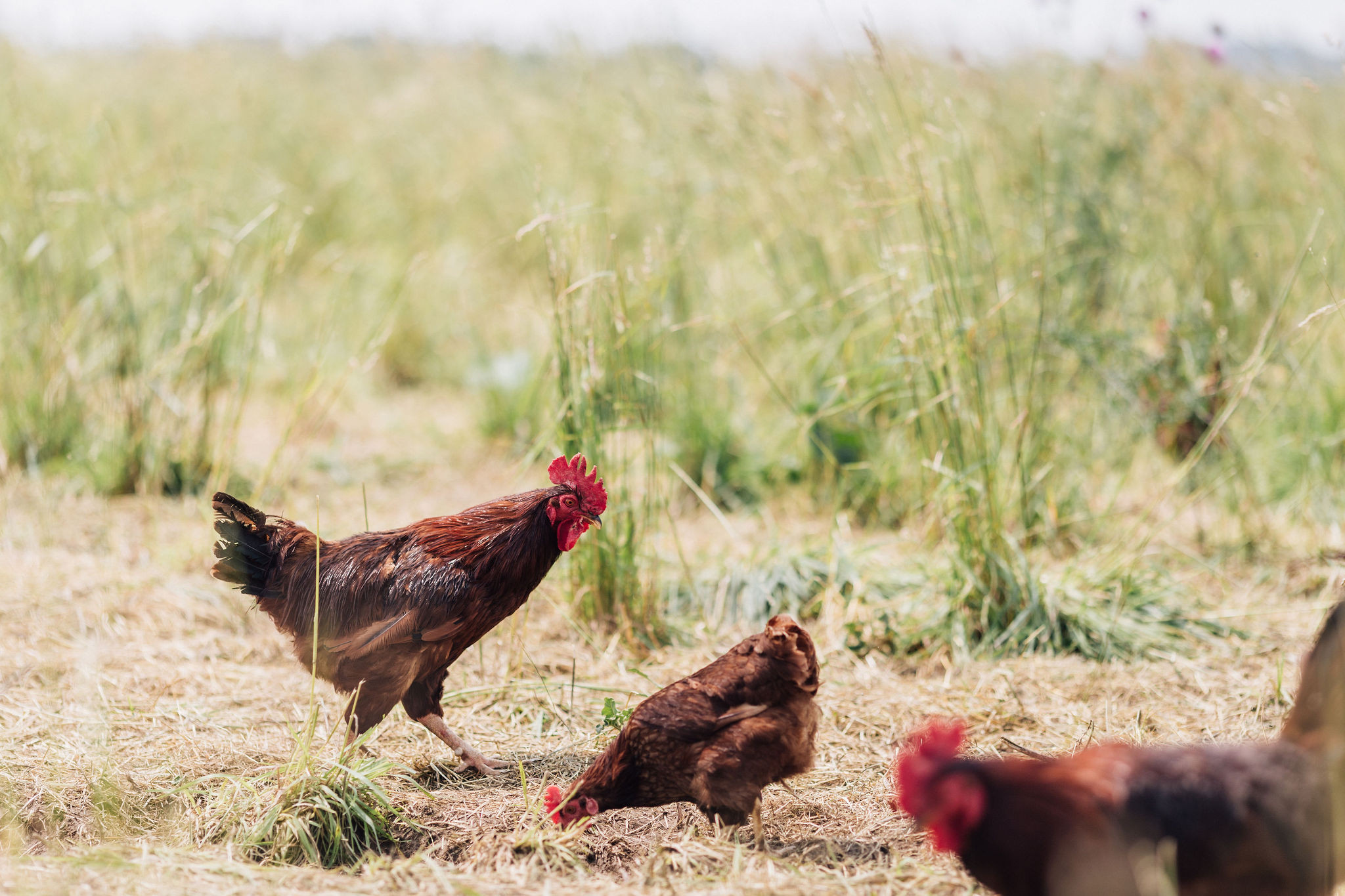Tradition and Trend
posted on
April 19, 2017
My mother makes the best pot roast, and I wanted to try to replicate it for my children. So, I called my mom and asked her for the recipe. She started to explain, “First you take the roast, and you cut it in half and put it in the pan...”
I interrupted, “But, wait, why do you cut it in half?” My mom told me that she got the recipe from my grandmother, and I should ask her. So, I called my grandmother.
“Grandma, what’s your recipe for pot roast?” I asked. “Well, first you take the roast and cut in in half,” she said.
“Wait, Grandma, why do you cut it in half?” I hastily questioned. She told me to ask my great grandmother. When I asked her, she gave me the same initial instructions. Of course, I asked why you need to cut it in half.
“Well. The oven was so small when I was young that the whole roast wouldn’t fit. So we always cut the roast in half first,” my great grandmother said.
This story strikes home for me. There are so many foods that we prepare a particular way just because our parents and grandparents did it that way. Why drink pasteurized or boiled milk? Why marinate chicken in buttermilk? Why were gelatin molds so popular in the 1950s and 1960s? Why does spam exist? What about fondue, TV dinners, fat free potato chips, or foam? All of these food trends have valid reasons for rising to mass popularity, some even became adopted as longstanding cultural traditions (some thankfully did not).
It is important for me, personally, to step back and ask why. Finding out answers to these tough food questions allows me to analyze what traditions are worth keeping and what trends are worthy of adopting. But this takes time.
Aaron, the farmer, has been know to say, “It’s my job to protect you from uneducated, uninformed, and downright unscrupulous food choices.” At Miller’s Biodiversity Farm, we provide you with sustainably-produced, nutrient-rich, farm fresh food. We are happy to answer any question regarding the food choices made for our buying club.




